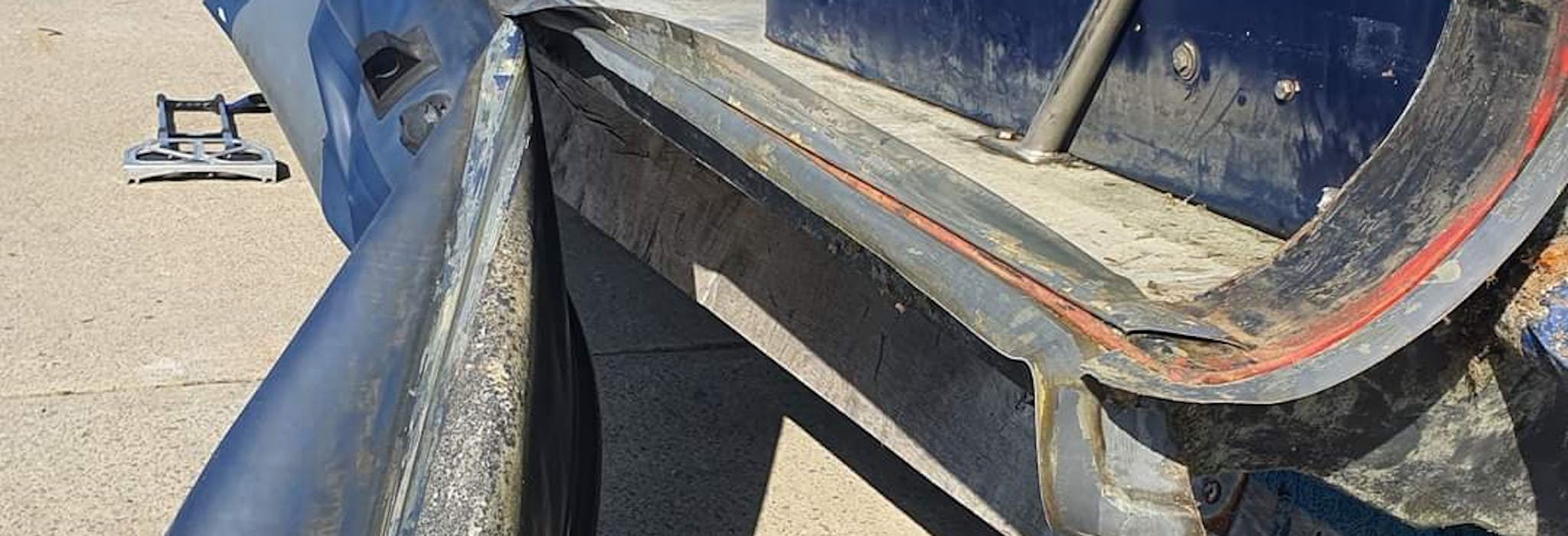
tube fitment diagrams and methods
examples of ways to bond the R.I.B tube to the hull
the under hull inside strip
this method we see mostly used by chinese and some eastern european manufacturers, in a ideal world this method.
in my experience this method usually results in the tube detaching from the hull, if the tube is deflated all the weight is then pulling down and off the hull.
manufacturers that you will find this method being used:
- Ribeye c class
- Valiant
- Zodiac
- Narwhal
- Tiger marine
gusset/ hinge method
this method it the go to method it has several advantages
- tube can deflate without gravity pulling the tube down and the attaching strips off the hull.
- hull edge is protected
- tube is protected from hull pinching
manufacturers known to use this method
ribcraft, coastline, ribtec,humber, ocean ribs and many more.
basic carrier flange
this method the hull has a radius curve in the flange that allows the tube to be held in place with less movement and tube wobble. while it is a pretty straight forward method many dislike the naked edge of the hull on the inside. this method is commonly seen on faster leisure style R.I.B's.
Carrier flange with internal strip
like the previous version this method too has the hull with a radius curve in the flange that allows the tube to be held in place with less movement and tube wobble however it also has strip that runs up the inside covering the little gap between hull and tube, this is potentially the strongest bond for this style of tube attachment
Carrier flange with edging rope
while not as strong and the internal strip version this typically caters towards high end R.I.B's that want the speed but also want it to look good, a edging rope is used to create a trim piece around the inside edge of the flange leaving a luxury finish.
D -tube bonding
the usual method for attaching D-tubes to hulls
slide on tubes
this is a mechanical method of fitting tubes is has many advantages and a few disadvantages so will depend on your use as to whether it would suit you.
this method is commonly used in police and safety and military applications. they tend to be a bit of a wet boat as there are usually gaps that water can come in to the boat from, however this is normally accounted for by large drainaway outlets and bilge pumps. some manufacturers like zodiac raised the height of the inner dead rise above water level to prevent letting water in
disadvantages:
- wetter boats usually
- may require more maintenance on wearing parts such as the luff rope and rubbing areas
- depending on the material and adhesive used they can separate from the hull at an inconvenient time
advantages are
- tube can be removed and stored
- tube can be removed and repaired
- tube can be easily replaced
- your feet get a wash
D-tube on luff ropes
this would be a prefered choice for d tubes
bolt rope
this method is old school used by avon safety boats and the military mostly, it uses a bolt rope that is retained by a long length of stainless bar that is bolted into the hull ,holding the tube on like the slide on method this method can result in having water ingress.